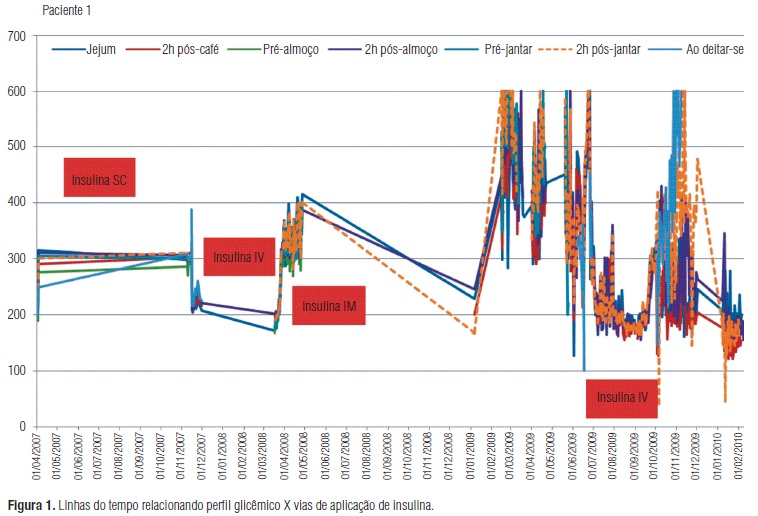Insulin resistance signs reduced cellular response to this hormone and dysfunction of glucose transport to intracellular compartment. This phenomenon is associated to genetic factors and principally behavior factors correlating to obesity and its comorbidities, as type 2 diabetes mellitus, hypertension and dyslipidemia. However clinical factors of insulin resistance are still present at not obese type 1 diabetes in a known syndrome called type 1 diabetes mellitus with resistance to insulin administered subcutaneously and intramuscularly (DRIASM). This is a rare condition that consists into insulin resistance at subcutaneously and intramuscularly use and normal or near to normal sensitivity at intravenously way. Treatments until now proposed are ineffective and are related to frequent fails and complications. We report here two cases of DRIASM in 45 and 46 female patients that are different from others yet related because they have late diabetes type 1, sustained hyperglycemia associated to catabolic, microangiopathy and neuropathic complications without any ketoacidosis episode. The treatment vary from alternative ways for insulin infusion to inscription to a possible performance of pancreas transplantation like a experiment of definitive treatment. This report was approved by Research Ethic Committee from São José do Rio Preto medical school.


